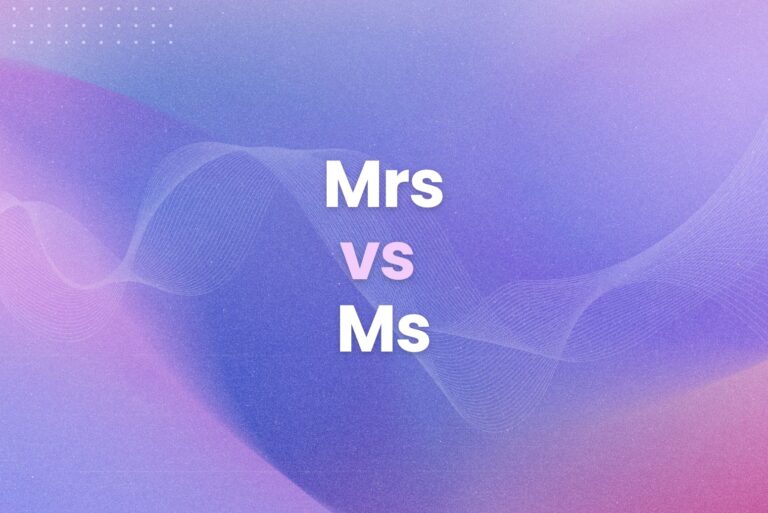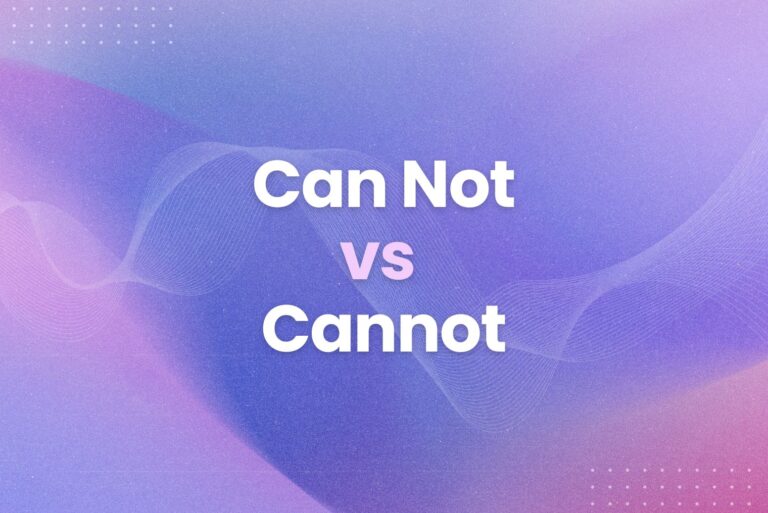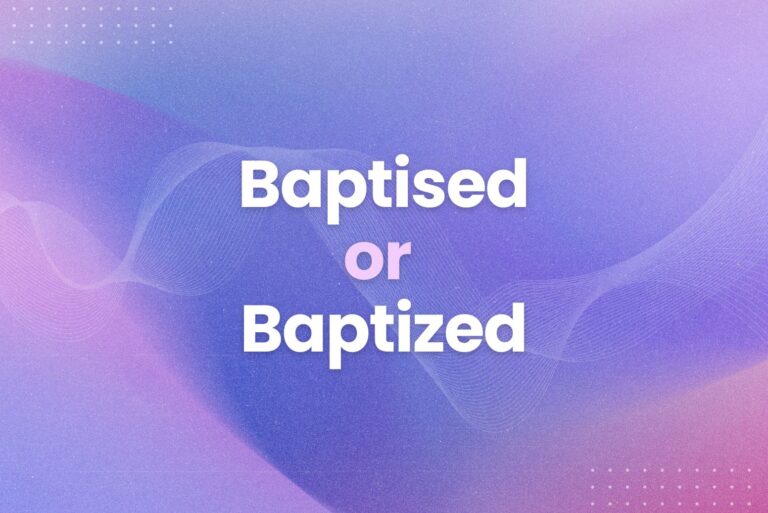Imbed vs Embed: What’s the Real Difference?
Word choice matters. Using the wrong word can subtly undermine your message. Take imbed vs embed, for example. Many use these two words often interchangeably, but there’s a real distinction. Getting it right boosts your credibility.
This article clears up the confusion surrounding imbed vs embed. We’ll explore their meanings, proper usage, and common pitfalls. Here’s what we’ll cover:
- Firstly, the core difference between imbed vs embed.
- Secondly, practical rules for using each word.
- Also, examples to illustrate correct usage.
- Lastly, some tips to avoid common errors.
The Core Difference Between Imbed vs Embed
The difference between imbed and embed is subtle, but it’s there. Think of it this way: embed is the more common and versatile word. It means to firmly place something within something else. Imbed, on the other hand, usually refers to physically placing something into a surrounding substance.
For example, you might embed a video in a blog post (within the structure of the post). Or, you could imbed a gemstone in a ring (into the metal setting). See the difference? Embed is about placement within a structure, while imbed often involves physical insertion into a material. Furthermore, embed has a broader range of applications. It’s often used metaphorically, such as embedding a memory in your mind. Imbed is rarely used this way.
Practical Rules for Using Each Word
So, how do you choose between imbed vs embed in practice? Here’s a simple breakdown:
- Use embed for general placement. This is your default option. If you’re placing something within a structure, system, or context, embed is usually the right choice. For instance, you embed a link in a webpage, embed a quote in an article, or embed a lesson in your brain.
- Use imbed for physical insertion (sometimes). Imbed is typically used when you’re physically inserting something into a surrounding material. Think of imbedding a nail in wood or imbedding a chip in a device. However, even in these cases, embed is often acceptable.
- Consider your audience. Embed is more common and widely understood. If you’re writing for a general audience, sticking with embed is the safest bet. It minimizes the risk of confusion.
- Check your style guide. Many style guides recommend using embed almost exclusively. If you’re writing for a specific publication or organization, consult their guidelines. They might have a preference.
In short, embed is your workhorse. It covers most situations. Imbed is more niche, reserved for specific instances of physical insertion. When in doubt, choose embed. It’s the clearer, more versatile option.
Examples to Illustrate Correct Usage
Let’s solidify your understanding with some clear examples:
Using Embed
- “We embedded the new feature into the software update.” (Placement within a system)
- “The journalist embedded a powerful quote in the article.” (Placement within a piece of writing)
- “The artist embedded hidden symbols in the painting.” (Placement within a work of art)
- “I want to embed this concept in your mind.” (Metaphorical placement)
- “You can embed a YouTube video on your website.” (Placement within a webpage structure)
Using Imbed
- “The archaeologist imbedded the artifact in plaster for preservation.” (Physical insertion into a material)
- “The jeweler imbedded the diamond in the ring setting.” (Physical insertion)
- “The sensor was imbedded in the device.” (Physical insertion)
Notice how embed works in a wider variety of contexts. It’s about placing something within something else, whether physically or conceptually. Imbed is more specific, usually referring to the physical act of inserting something into a material. Even in the imbed examples, embed could often be used without sacrificing clarity. For instance, “The jeweler embedded the diamond in the ring setting” sounds perfectly natural.
Tips to Avoid Common Errors (Imbed vs Embed)
Mixing up imbed and embed is a common slip-up. But you can avoid these errors with a few simple strategies:
- When in doubt, use embed. It’s the more common and versatile word. In most situations, embed will be correct. It’s the safer bet if you’re unsure.
- Think “within” vs. “into.” Embed often implies placement within a structure or context. Imbed sometimes (but not always) suggests physical insertion into a material. This mental trick can help you choose the right word.
- Pay attention to context. Consider the specific situation you’re describing. Is it about general placement, or is there a physical act of insertion? The context will often give you a clue.
- Use Arvin. Arvin, our AI writing assistant, can be a lifesaver. If you’re unsure about which word to use, just highlight the word and ask Arvin. It can quickly check your grammar and offer suggestions. Arvin can also help with other writing tasks. For instance, checking for clarity and conciseness, so you can focus on getting your message across.
- Remember the metaphor. Embed can be used metaphorically, like embedding a memory. Imbed rarely works in this way. If you’re using the word metaphorically, embed is almost certainly the right choice.
- Consult a dictionary or style guide. If you’re still unsure, don’t hesitate to look it up. A good dictionary or style guide can provide definitive answers and examples.
By following these tips, you can confidently use imbed and embed correctly. Your writing will be clearer, more polished, and more professional.
Ready to Nail Your Word Choice with Arvin?
The difference between imbed vs embed isn’t huge, but knowing it can make a difference in your writing. Choosing the right word boosts your credibility and makes your message clearer.
Here’s a quick recap imbed vs embed:
- Firstly, embed is your go-to word for general placement within something.
- Secondly, embed is (sometimes) used for physical insertion into a material.
- Lastly, when in doubt, use embed.
Now, you can confidently choose between imbed and embed every time. And for any other grammar or writing questions, Arvin is there to help. It’s like having a personal editor at your fingertips, ready to polish your prose and make sure your message shines.
FAQs About Imbed vs Embed
Is it imbedding or embedding in the UK?
Both spellings are used in the UK, but embedding is more common. Just like in the US, embed is generally preferred for its versatility and wider usage.
What is the difference between integrate and imbed?
Integrate means to combine or blend something into a whole. Imbed, as we’ve discussed, refers to physically placing something into a surrounding material. For example, you might integrate new software into your workflow, or you might imbed a sensor in a device. Integrate is about combining, while imbed is about physical placement.
What does imbed into mean?
“Imbed into” is generally considered redundant. The word imbed already implies the action of placing something into something else. So, you would simply say “imbed the chip in the device,” not “imbed the chip into the device.”
How do you use imbed in a sentence?
Here are a few examples:
- “The artist imbedded small shells in the mosaic.”
- “The researcher imbedded the tracking device in the animal’s skin.”
- “The jeweler carefully imbedded the precious stone.”
Remember, imbed is typically used for physical insertion into a material. Embed is more common and versatile.





